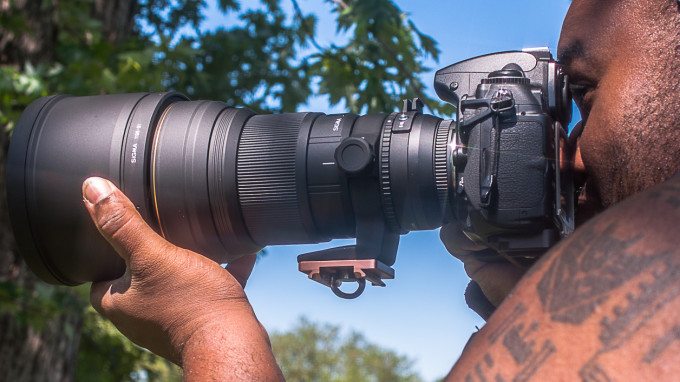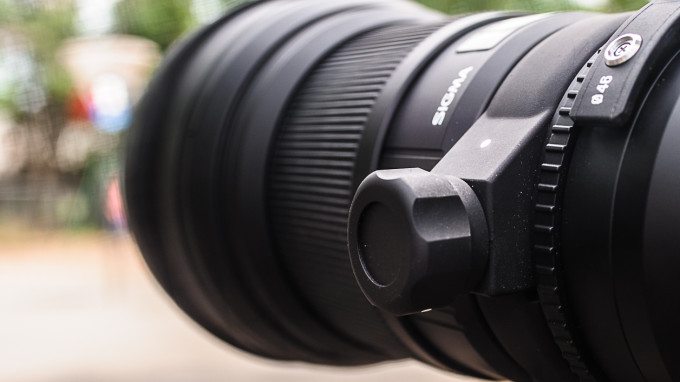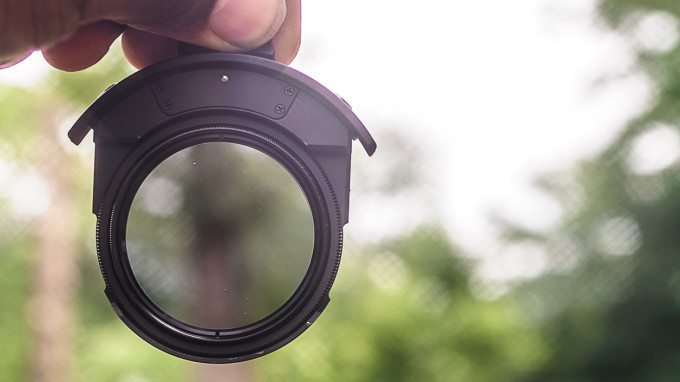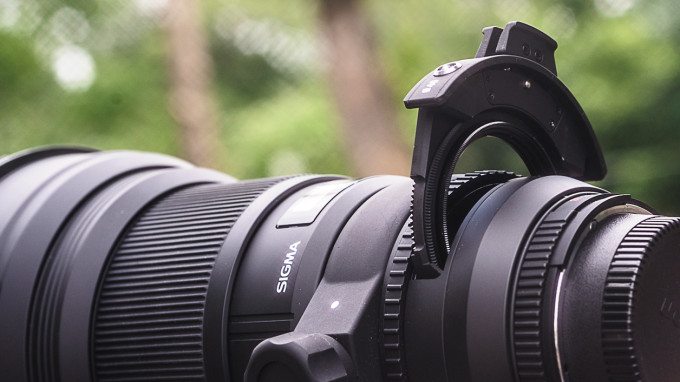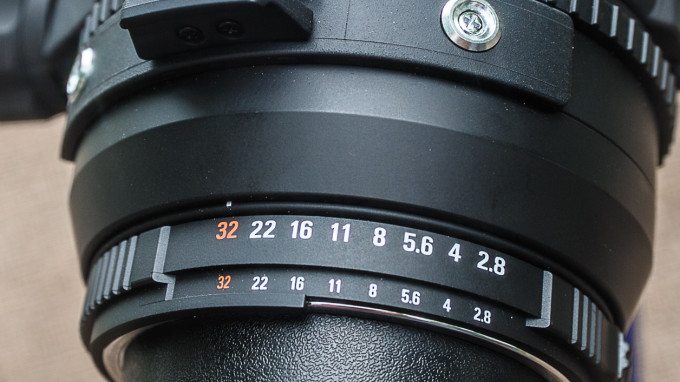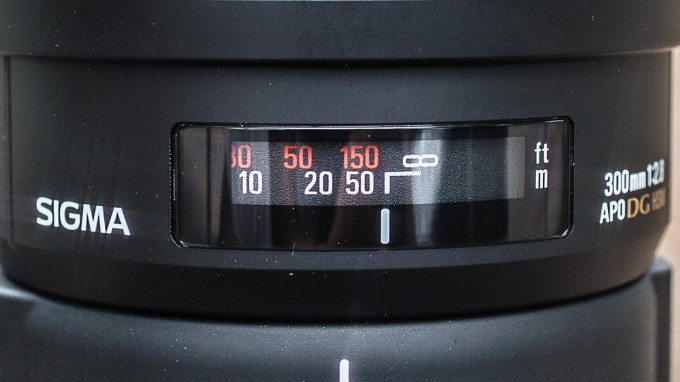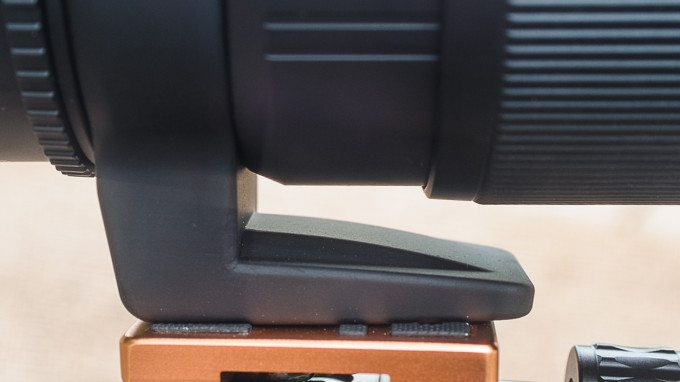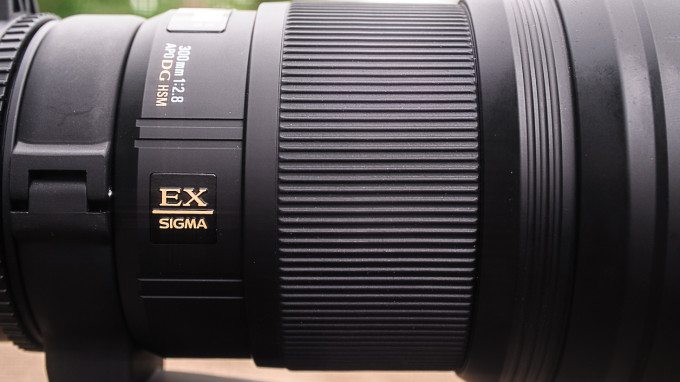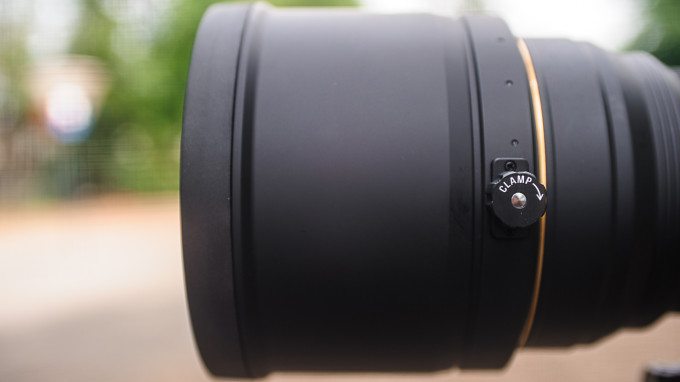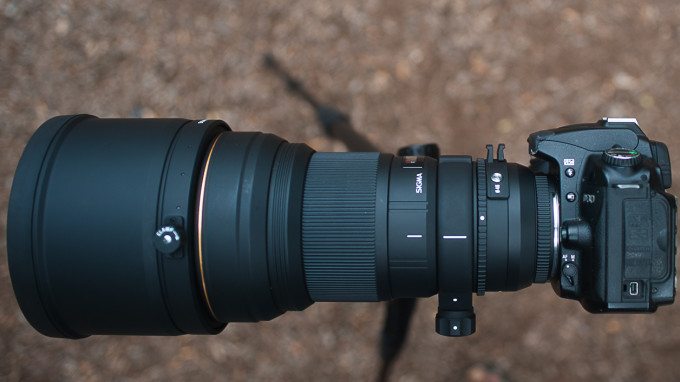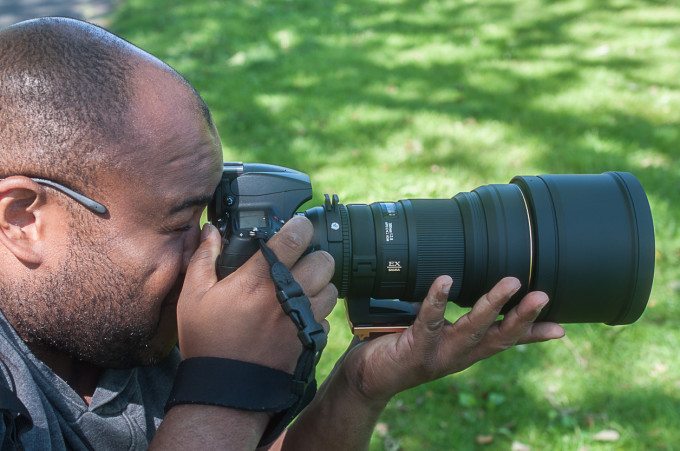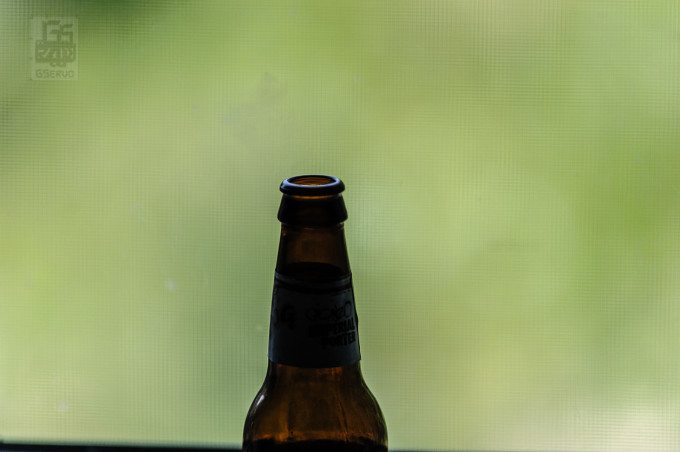I have been doing a little work to keep improving my photography. One of the things I have been doing to get out of my comfort zones is to shoot with telephoto lenses. You see, I usually shoot with small fast prime lenses. When given a chance to work with the Sigma 300mm F2.8 EX APO DG I jumped at it. After a bit of soreness I started having a lot of fun with this lens. This is no ordinary lens. What Sigma has done is basically taken a telephoto lens, given it a big aperture, with internal focusing and made it ridiculously fun.
Pros and Cons
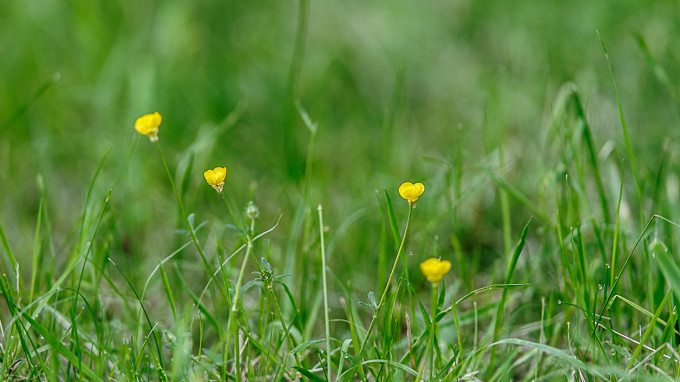
Pros
• You need to do pushups to get comfortable hand holding this lens for long periods. It has some weight to it.
• Tripod color allows you to change to portrait easily.
• It will let you unleash your inner Megatron.
• Allows you to shoots skittish subjects, like goslings, with our scaring them.
• This lens honestly looks majestic and a little dignified. It did turn heads.
• Fast Apeture that works in a variety of lighting conditions.
• Ring for Polarizer on outside of lens.
Cons
• You need to do pushups to get comfortable hand holding this lens for long periods. It has some weight to it.
• If you do not have a lot of upper body strength, you need a good tripod.
• Taking it on a long hike is a little tiresome.
• Sports shooters may object to this lens not having Optical Stabilization.
Gear Used
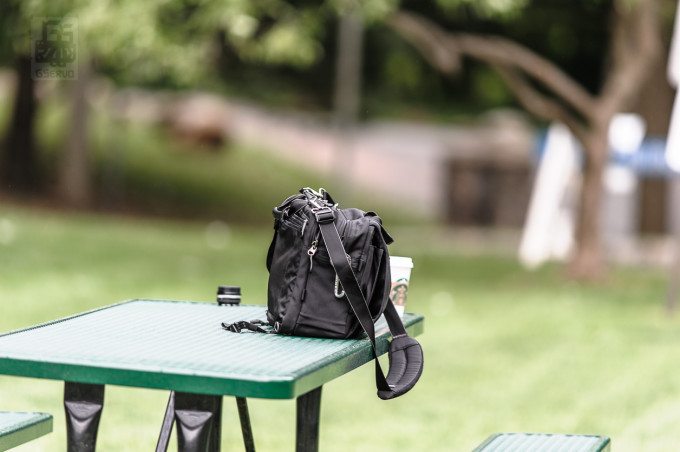
I used the Nikon D90 and the D700, my old workhorses . I kept my 3LT Brian along in case my arms got tired, which did happen. I used My ThinkTank Urban Diguise 60 with its backpack straps and my Lowpro 500AW to carry it around.
Tech Specs
Tech Specs taken from Adorama
- Fast maximum aperture F2.8 telephoto lens optimized for digital SLR cameras.
- Fully compatible with all Nikon Digital SLR cameras including the D40 and D40X
- Multi layer lens coating minimizes flare and ghost.
- Two ELD (extraordinary low dispersion) glass elements produce excellent imaging capability
- Accepts both 1.4x and 2.0x EX Teleconverters to produce 420mm F4 and 600mm F5.6 Autofocus ultra telephoto optics.
| Construction | 9 Groups/11 Elements |
| Angle of view | 8.2° |
| F stop range | 32 |
| Closest Focusing Distance | 250cm / 98.4″ |
| Maximum Magnification | 1:7.5 |
| Filter Size | 46mm (drop-in type) |
| Dimensions (Length x Diameter) | 214.5mm (8.4″) x Diameter 119mm (4.6″) |
| Weight | 2,400g / 84.7oz. |
Ergonomics
The lens comes with a tripod collar which has a strong knob; but it’s easy to adjust. I only used it to switch the camera from landscape to portrait when mounted on a tripod.
The filter holder is intriguing. The filter is circular and you screw it on as you would a normal circular filter. The difference is the 46mm filter went inside the body on the lens. The filter is not there to be cool, more as a bit of pleasing engineering. Basically you do not have to buy a filter to fit the ~119 front of the lens. That saves a bit of money.
The filter is adjusted by using the small ring in front of the physical filter. This ring, while skinny, is easy to work with. It is nicely grooved and can move when needed, and not by accident. This is something I did not use too much because, well, I just never adapted to it.
A cool thing about this lens is the aperture ring for Nikon. It could be used on a film camera, if needed. It had a lock on it , which needed to be on. If you had the lock off , which I did by accident, the ring would just move at times.
The distance scale on the Sigma 300mm f2.8 is nicely marked and easy to read. It is fascinating to see it hit 150ft/50m.
The foot of the tripod collar is strong and supported the lens well. It has a 1/4 20 hole so it easily mounted onto a tripod shoe.
The manual focus ring is a fantastic size. I had to use it at one point when shooting handheld and in a low light situation where focusing was really tough.
The lens hood , which did a great job at blocking lens flare, is huge. It is easy to put on and store away. The clamp,is also a great size and made it easy to take the hood on and off.
There are markings to easily align the camera to portrait mode when needed. It helped things go much faster.
Build Quality
The lens, built like Megatron’s canon, has a very solid feeling to it. When it is focusing, you can barely feel it. This lens is much bigger than a Sigma 70-300mm f4-5.6. It weighs just above 5 lbs and you do feel it in your arms. A monopod or tripod is more than recommended.
The lens is not too long and you can carry it around efficiently when out shooting. The tripod collar feels like it could hold a tank. The ring that tightens it is a decent size and locks it in quickly. This gives you a secure feeling.
Autofocus
The autofocus on my D700 and my D90 is surprisingly quick on still or slow moving objects. I had a few issues trying to lock in on small, fast moving birds–which really was pushing the limits. Overall, though, locking on a subject was mostly fine. The focus ring is a nice size. What was interesting was reading the distance scale. To know your subject was 150ft away and you were focusing quickly was nice.
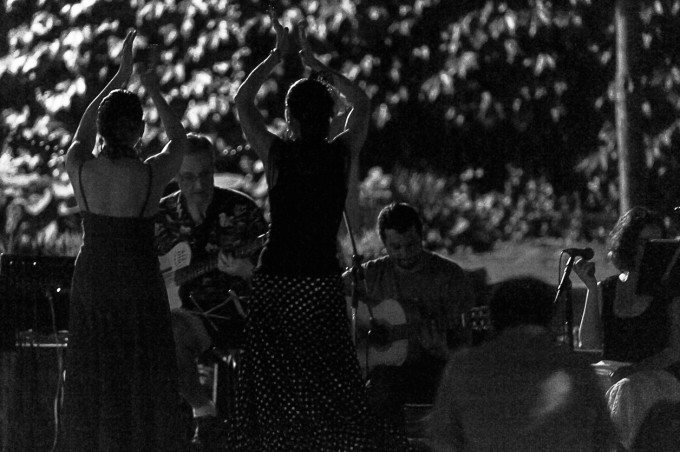
In ultra-low light, the lens focus hunted a lot. You can’t use the cameras focus assist due to the distance. I do believe a flashlight with a little reach would help. Manually focusing with the lens was not an issue either.
Ease of Use
The lens, for the most part, is easy to use. If you’re used to using small prime lenses, the 300mm is sort of a shock to your system. The location of the filter took some getting used to, so much so, I barely used it at first. Usually you but a circular polarizer on the front of a lens. This one was inside. You had to think about using it actually.
On A Cropped Sensor
On a Crop sensor, this lens is effectively a 450mm lens. That’s a nice focal length to be able to work with. The Sigma 300mm f2.8 made my Nikon D90 feel really small. It felt decent on a crop sensor but I preferred it on the full frame for the balance.
Portraits
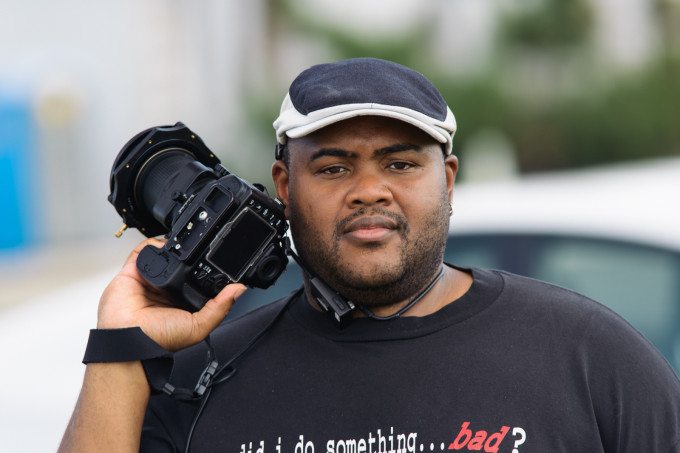
Portraits with the Sigma 300mm 2.8EX are really interesting. First off, the lens has great compression. Shooting with this lens means you have to be a bit farther away from your subject, giving you a smaller angle of view to work with. You have to realize that you don’t have to shoot at f2.8 to get nice Bokeh. You can get really pleasing bokeh at f4 or f5.6. Your lighting has to be off camera because an on camera flash just will not reach. Simple natural light portraits come out very nice, particularly if the sun is in front of the subject.
Image Quality
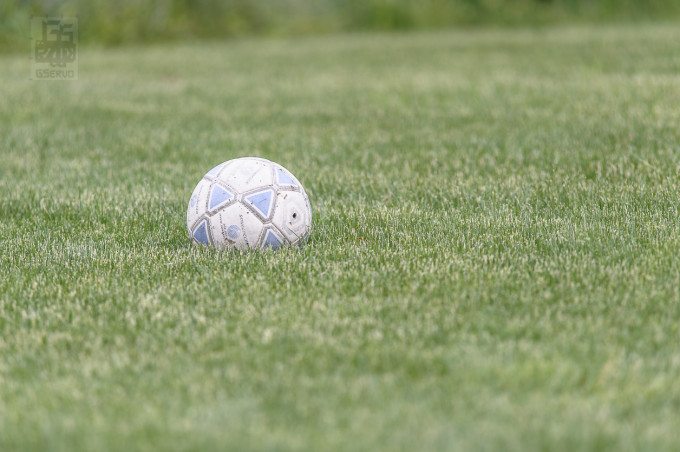
Overall the images quality of this lens was delightful, way better than I expected.
Bokeh and Depth of Field
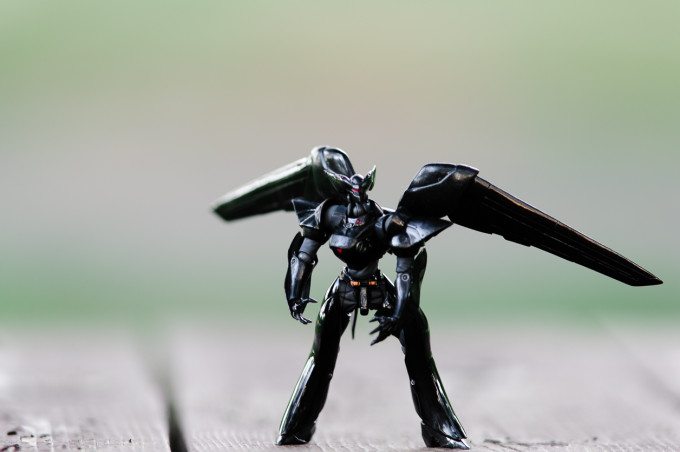
The bokeh of this the Sigma 300mm f2.8 D is simply amazing. As a telephoto lens, this lens was excellent when it came to bokeh. It is beyond smooth mostly. It has to be some of my favorite bokeh, ever.
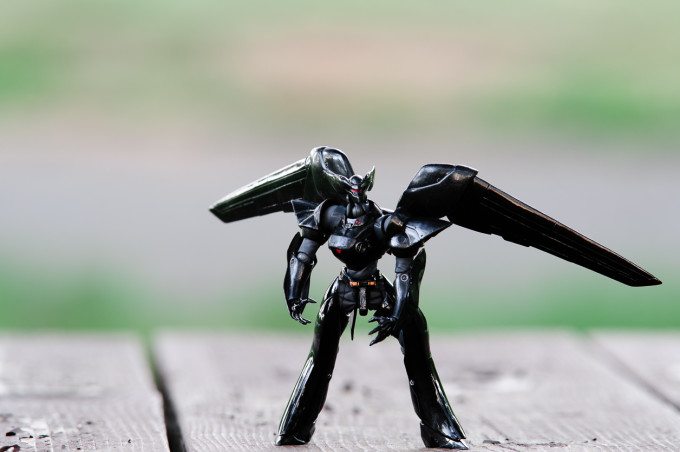
Depending on how close you get your subjects to the lens, you ended up with an interesting depth of field. Having a long focal length with an f2.8 aperture is really interesting. Even at f8 I tended to get an out of focus background. This makes for interesting toy photography.
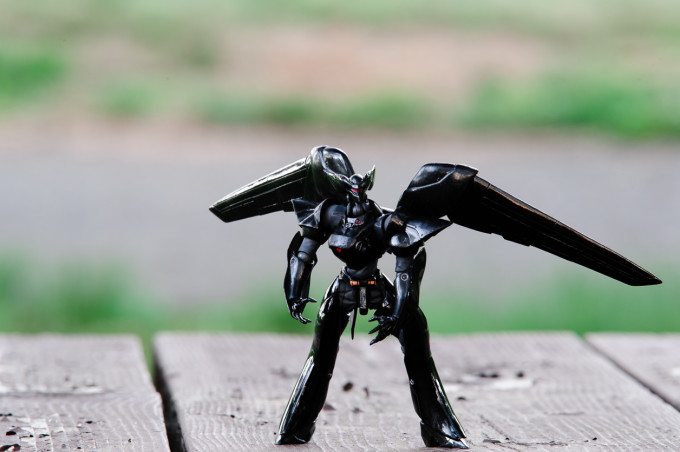
Even at f16 this lens still delivered loads and loads of gorgeous bokeh when the subject was at the the closest focusing distance of 250cm / 98.4″.
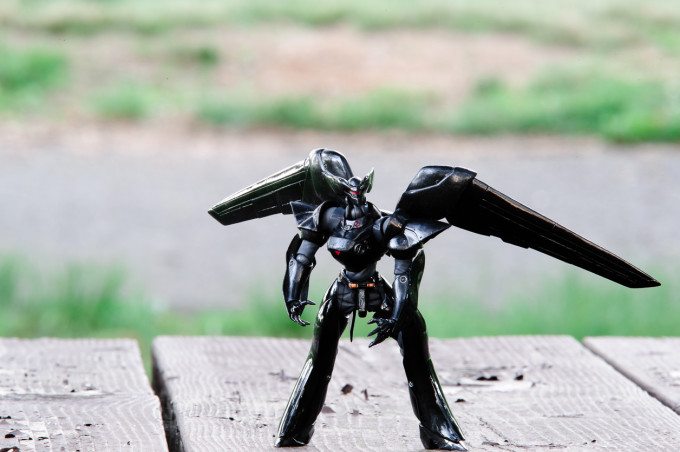
To get a clearer back ground with the lens you had to make sure the subject is further away.
Sharpness
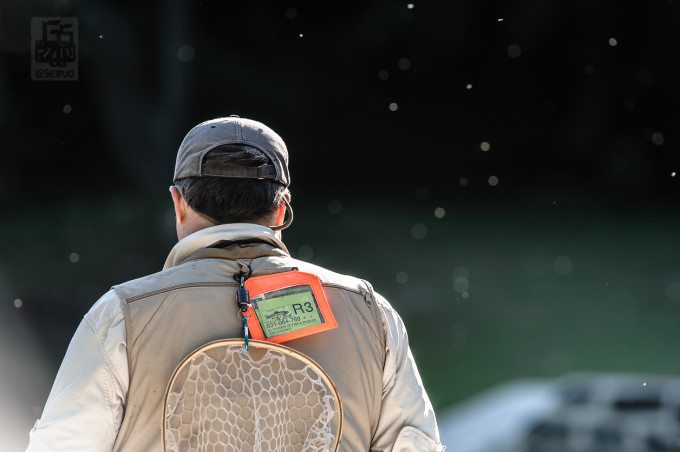
This lens is sharp depending on the subject distance. I found it is not that sharp when the subject was over 150 feet away. For a telephoto lens I did not like working with subjects at a great distance.
Color Rendering and Color Fringing
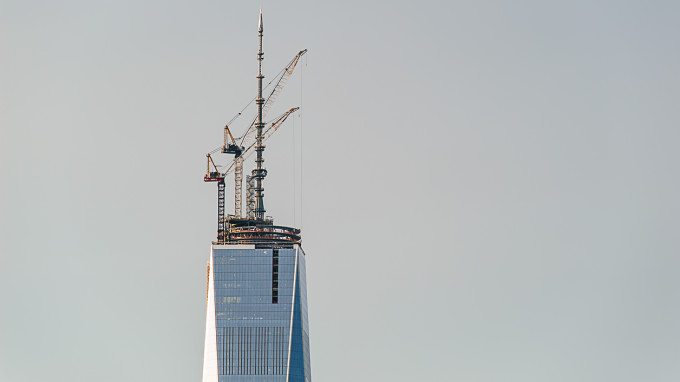
The lens helps to create vibrant crisp color. Subjects, which were often close, always had great color. Skin tones are spot on. For the most part it was fine. Only when the subject was further away at say past 150ft, I started to notice color fringing. The farther away, the worse it was. However, it was fixable in post.
Conclusions

With great focal length comes great responsibility. Any 300mm lens like the Sigma 300mm f2.8 EX deserves a little respect in its use. I was having a conversation with a friend and they brought up all the possible creepiness and well as the possibility for really cool shots. It’s all up to the ethics of the photographer.

What do you suppose is one of the most the unappreciated parts of photography world? To me its third party lenses. Sigma, one of the best in the group, has been doing a lot of work to prove third party lenses are comparable, if not better then lenses from Nikon and Canon. Sigma has made a heavy lens remarkable. This lens is for the photographer that can’t get to their subject, but still need their frame to be filled.
Sports and Wildlife photographers would love this lens. The best thing is, I did not care about the weight after a while. It was fun to shoot with.
Please Support The Phoblographer
We love to bring you guys the latest and greatest news and gear related stuff. However, we can’t keep doing that unless we have your continued support. If you would like to purchase any of the items mentioned, please do so by clicking our links first and then purchasing the items as we then get a small portion of the sale to help run the website.


